Although baby teeth will eventually fall out, experts recommend a series of precautions to prevent them from affecting permanent teeth.
Most babies’ teeth appear between 6 and 12 months, although some may reach their first birthday without any teeth .
“Usually, the first teeth to emerge are almost always the lower front teeth (lower central incisors), and most children have all their baby teeth by age 3,” explains the American Academy of Pediatrics.
However, the Spanish Society of Pediatric Dentistry indicates that a baby’s oral hygiene should begin before their first teeth come out.
“While it’s true that there’s no risk of cavities (because the baby doesn’t have teeth yet), it’s a good idea to remove any milk residue from the baby’s mouth for several reasons: to prevent the development of candidiasis; because massaging the gums can help relieve discomfort during future teething; because it establishes an emotional bond with the infant; and because it helps the baby get used to handling the mouth for the future,” she emphasizes.
To perform this cleaning, the Madrid College of Hygienists recommends wetting a gauze pad with water or saline solution, covering your finger with it, and gently wiping it over the baby’s gums and the sides of the inside of the mouth.
You can also buy a silicone finger cot , which is specifically designed for this task. “You have to do it gradually, getting your baby used to it, and it will become easier and easier to do a deeper cleaning,” they advise.

This cleaning should continue until the baby’s first teeth emerge. Once they emerge, brush them twice a day, especially at night, after the last feeding or meal of the day.
According to the Spanish Association of Pediatrics, ” an infant toothbrush with 1,000 ppm (parts per million) fluoride toothpaste should be used, and an amount equivalent to a grain of rice or a small smear of toothpaste should be used.”
By the time a child turns three, the American Academy of Pediatrics, the American Dental Association, and the American Academy of Pediatric Dentistry recommend using a pea-sized amount of fluoride toothpaste .
“When your child can do it, teach them to spit out the excess toothpaste. It’s best to put the toothpaste on the toothbrush until your child is about six years old. Parents should monitor and assist their child during brushing until they are about seven or eight years old. When your child can write their name well, they’ll also have the skill to brush well,” they explain.
Likewise, the Spanish Society of Pediatric Dentistry recommends taking babies to the pediatric dentist when they turn one. “Even earlier wouldn’t be a bad idea, when their first teeth come in,” they say.
In addition, they emphasize that, during the child’s growth, a check-up visit to the dentist should be made every six months .
This organization reminds us that proper care of temporary teeth is important because they preserve space in the jaw for adult teeth.
Therefore, if there is no good oral hygiene in the baby and the baby teeth are lost, the gaps they leave can cause future teeth to become crowded or crowded.
He also points out that other reasons for caring for temporary teeth include avoiding infections (absences) that can cause pain and preventing possible complications such as kidney or heart valve infections.
Furthermore, specialists at Sanitas, an insurance company and healthcare provider, emphasize that any infection in a primary tooth that progresses through the root will create a pocket of pus that will affect the permanent tooth.
In this regard, they state that, sometimes, permanent teeth emerge with malformations, stains, or lesions secondary to an infection that the baby tooth had at the time and was not treated properly.
What not to do
Once we know the recommendations of the different scientific societies for caring for babies’ teeth, we must also know which habits, some of which are very widespread, can damage them.
For example, when a baby starts a milk-based diet, you should never taste food with the utensils you are eating with or blow on food to cool it.
Saliva contains bacteria that can be transmitted by blowing on a child’s food or tasting it with their cutlery, according to the Spanish Society of Pediatric Dentistry.
“If you’ve ever heard that cleaning a pacifier with saliva helps strengthen a newborn’s immune system or reduces the risk of allergies, asthma, or eczema, it’s not true. The truth is, germs are transmitted to babies’ mouths,” the organization emphasizes.
Pacifiers should also not be dipped in honey, juices, or other sweet substances, as this greatly increases the risk of cavities.

Baby bottle tooth decay is caused by frequent exposure of a child’s teeth to liquids containing sugars, such as breast milk or formula, fruit juices, and sugary drinks in general.
“The sugars in these liquids adhere to the baby’s teeth and gums and serve as food for the bacteria that cause cavities,” explain Sanitas experts.
“Babies who are used to falling asleep with a bottle in their mouths are at greater risk of developing cavities in their baby teeth, as certain ingredients in milk, such as maltose, glucose, sucrose, and lactose, remain in their teeth longer,” they add.
Thus, they emphasize that baby bottle tooth decay is a serious problem that can even lead to the loss of baby teeth. However, they point out that it is an easy problem to prevent with proper oral hygiene; preventing children from falling asleep with a bottle of milk (juices and other sugary liquids should not be given in bottles) and properly cleaning teats and pacifiers at least once a day.
They also recommend “ replacing them as soon as they show signs of wear, since the rubber bands accumulate a lot of sugar and food residue.”
In this regard, the Spanish Society of Pediatric Dentistry advises “ teaching babies to drink from a regular cup, if possible, between 12 and 15 months of age because this way they are less likely to accumulate liquid around their teeth, as they do with a bottle.”
Baby teeth begin to loosen and fall out around age six to make way for permanent teeth. When they become loose, pulling them out is a relatively common practice.
However, this isn’t a good idea. Dentist Iván Malagón explains that baby teeth serve as a reference for permanent teeth. Therefore, if that tooth is pulled out, the permanent tooth may lose its reference, remain unerupted, emerge crooked, or begin to emerge in a different area, causing adjacent teeth to occupy that space.
“If these types of problems occur, it will be necessary to see a dentist to evaluate the condition of the teeth and correct their position through orthodontics,” says the specialist.
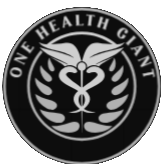
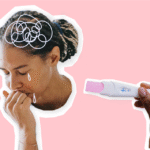

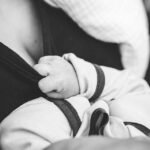
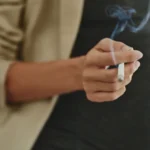





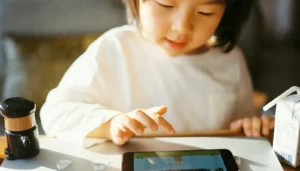








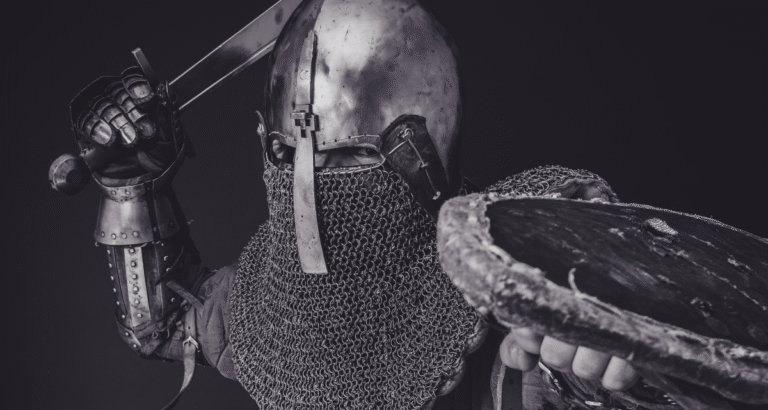
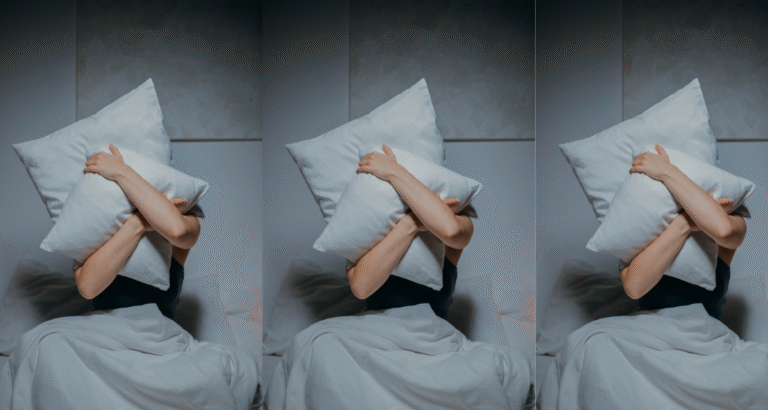
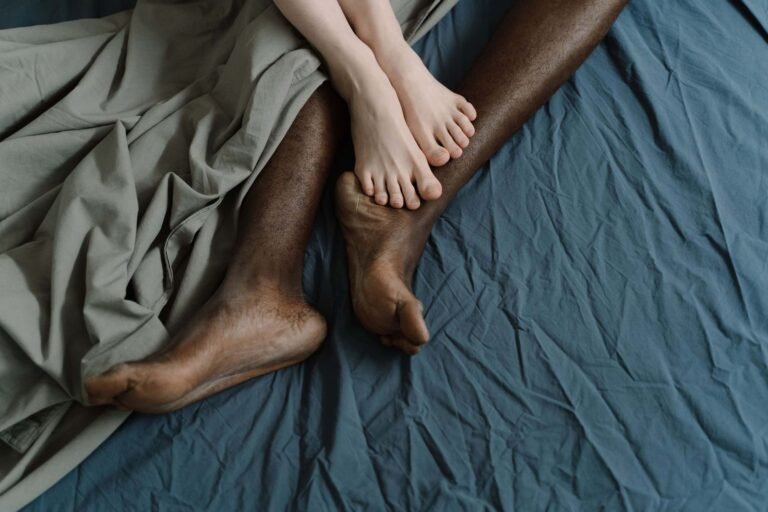

+ There are no comments
Add yours